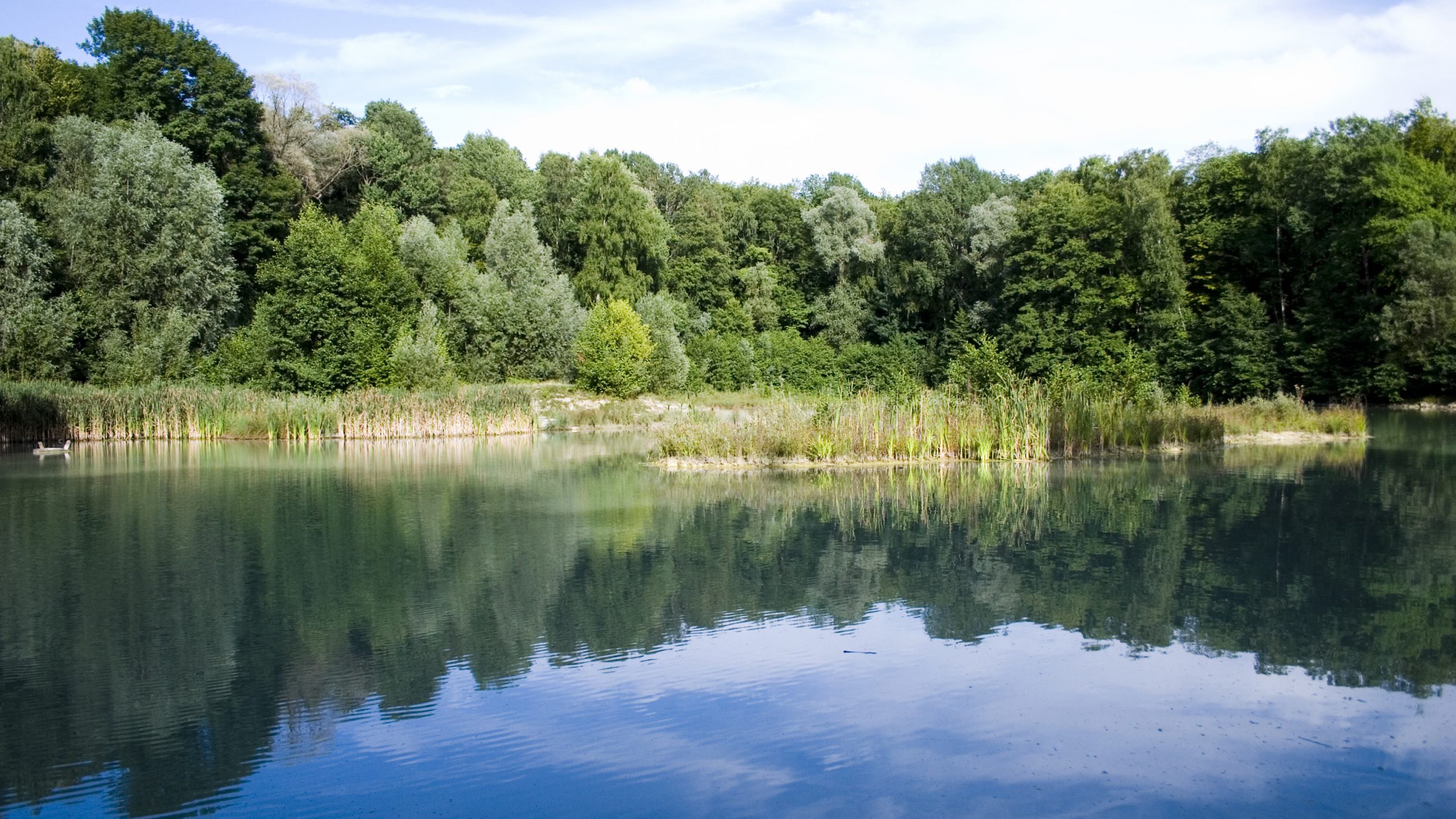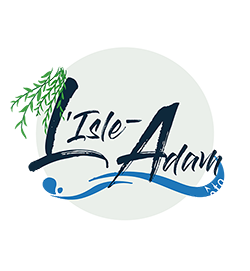Les Trois Forêts
The history of our “three forests” is in fact linked to the kings and princes of France, but why is that? The Val d’Oise territory boasts a remarkable 4,500-hectare forest that has been state-owned since the Revolution. This forest area includes the forests of Montmorency, L’Isle-Adam and Carnelle, and is mainly made up of oak, chestnut, ash, hornbeam, beech and linden trees. A wide variety of wildlife can be found here, including wild boars, foxes, pheasants, wood pigeons, rabbits and bats.
“Les Trois Forêts” have been occupied since Prehistoric times, but it was Philip IV the Fair, a passionate hunter who resided at the Abbey in Maubuisson, who first came here. Jousting contests were also held in the forest, under the reign of Francis 1st, who even attended one in person. In 1526, this King of France gifted the forest to his friend and Constable of France, Anne, Duke of Montmorency. When the last Montmorency descendant died in 1632, the territory became a fief owned by the Condé family, and then later by the Princes of Conti. These Princes were avid hunters and they had some developments built in the forest of L’Isle-Adam in the 17th century: a surrounding wall was built, 25 km long and 2.70 m high, with a ha-ha to protect the game. Straight alleyways were designed by gardener Le Nôtre, and star-shaped intersections were created for hunters to meet up. At the end of the Middle Ages, most of the forests across L’Ile-de-France were made up of oak trees, but chestnut trees were planted in Montmorency forest, as they were needed to make wooden stakes for the many vineyards in the surrounding area. The wood was also used for the strapping for barrels. At the beginning of the 20th century, people were still living in the forest in huts with their families.
L’Isle-Adam Forest
You can stop your search for these exceptional trees, you’ll find them all here in the L’Isle d’Adam state-owned forest that stretches across 9 towns of the Val d’Oise between the Plaine de France and the Vallée de l’Oise. If you stop off near the Poteau de la Tour intersection, not far from the highest point of the forest (195 m), you’ll see one of the original features of the area. The remains of a three-storey tower, known as Nerville Tower, built for the Princes of Conti so that their guests could watch them hunting. While you’re out on a hiking expedition (25 kms), bike ride (6 kms) or horse-back ride (25 kms), you’ll also come across the Maison Forestière du Bois-Carreau, the many ponds, and you might catch a glimpse of deer, wild boar, foxes or rabbits if you venture down the alleyways designed by gardener Le Nôtre. L’Isle-Adam forest is a popular hunting spot and acts as a green lung where the balance between fauna and flora is respected. Even though the famous 550-year-old great oak tree fell down during the storm of 1999, you’ll see that there is still so much to see in this extraordinary forest.
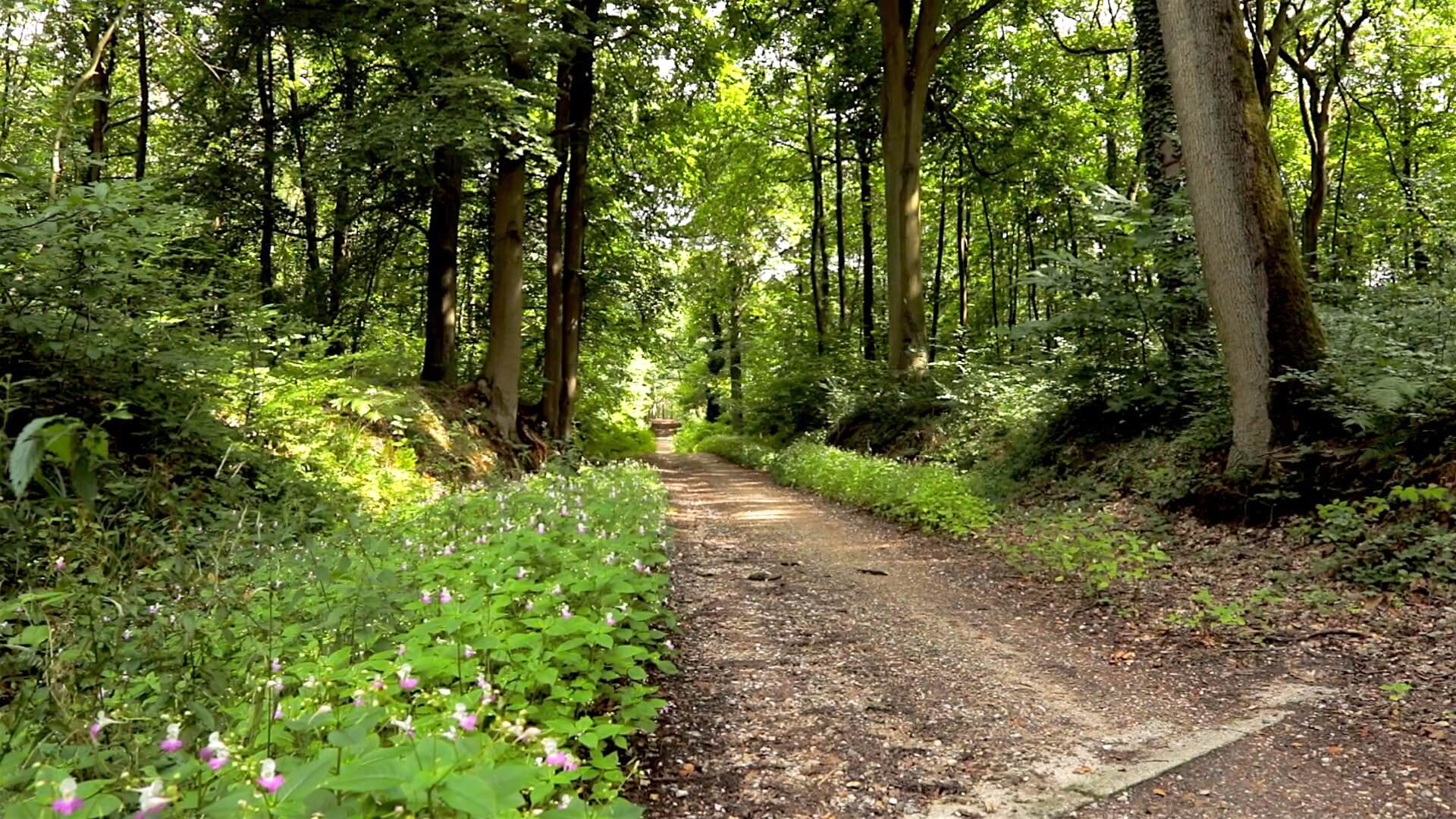
Montmorency Forest
The forest covers 2,200 ha, 1,972 ha of which is state-owned forest area (chestnut, beech and maple trees) and is extremely hilly, with very humid low-lying land and three hills at an altitude of 195 m. Several streams leave the forest area and feed into Enghien lake and the river Oise. Cailleuse peatland is also found here, and an ecological inventory revealed numerous remarkable species of beetles and lepidoptera, leading to the preservation of this site. Walkers can use the “sentier des lisières” (27 kms) or the “chemin du philosophe” trails. In the 18th century, Montmorency forest was a favourite place for Jean-Jacques Rousseau to come and walk and collect plants. Some other places to see are the Château de la Chasse, Sainte-Radegonde fountain (the most famous water source of the forest, that is believed to cure infertility), the Pont du Diable bridge, Plumet tower and Godard pond. This pond at the heart of the forest bears the family name of the famous 19th century musician, Benjamin Godard. A trail suitable for people with reduced mobility has also been created.
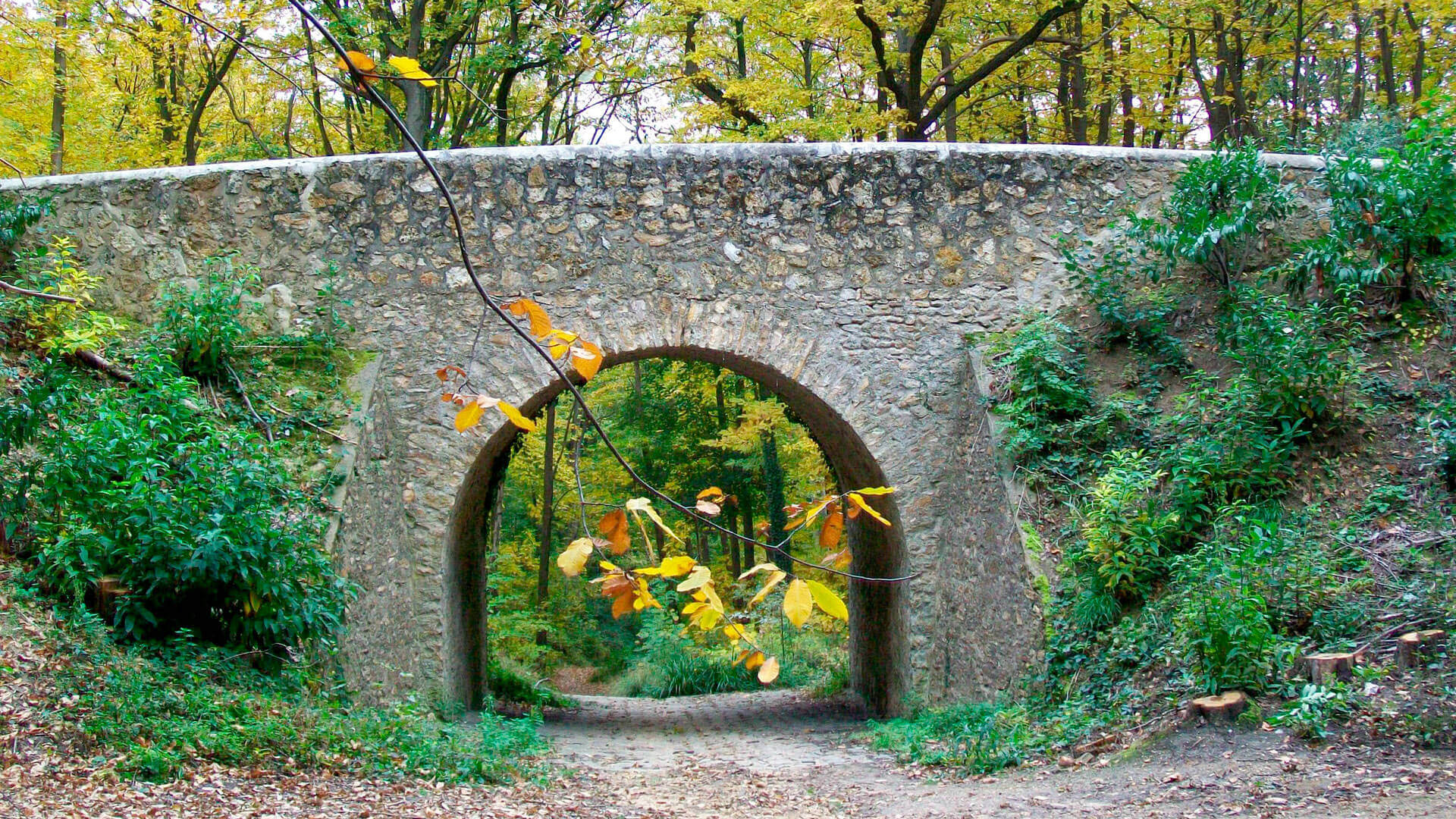
Carnelle Forest
This 975-hectare forest is on a hill and the top of this hill is one of the highest points of the whole department (210 m). In Carnelle, and in Montmorency, you’ll find the biggest reserve of gypsum in Europe, and this rock has been mined here since 1864. Marl and sand were also extracted here.
The forest is mainly made up of chestnut, beech and oak trees. Several remarkable plant species have been recorded here such as Royal fern. There are numerous species of bird (common buzzard), amphibian (brown frog) and mammals. Visitors can explore along the 30 km of marked footpaths and 21 km of horse-riding trails. It is also possible to enjoy a family picnic here on the shores of the two lakes: The “Lac Bleu” and the “Petit Lac” (swimming is forbidden but fishing is authorised, mainly carp and roach). Don’t leave the Carnelle and Saint-Martin-du-Tertre forest and ponds without exploring the most famous of all the covered alleyways in the region: the “Pierre Turquaise”. This megalithic monument is known as the biggest prehistoric monument in the Île-de-France region.
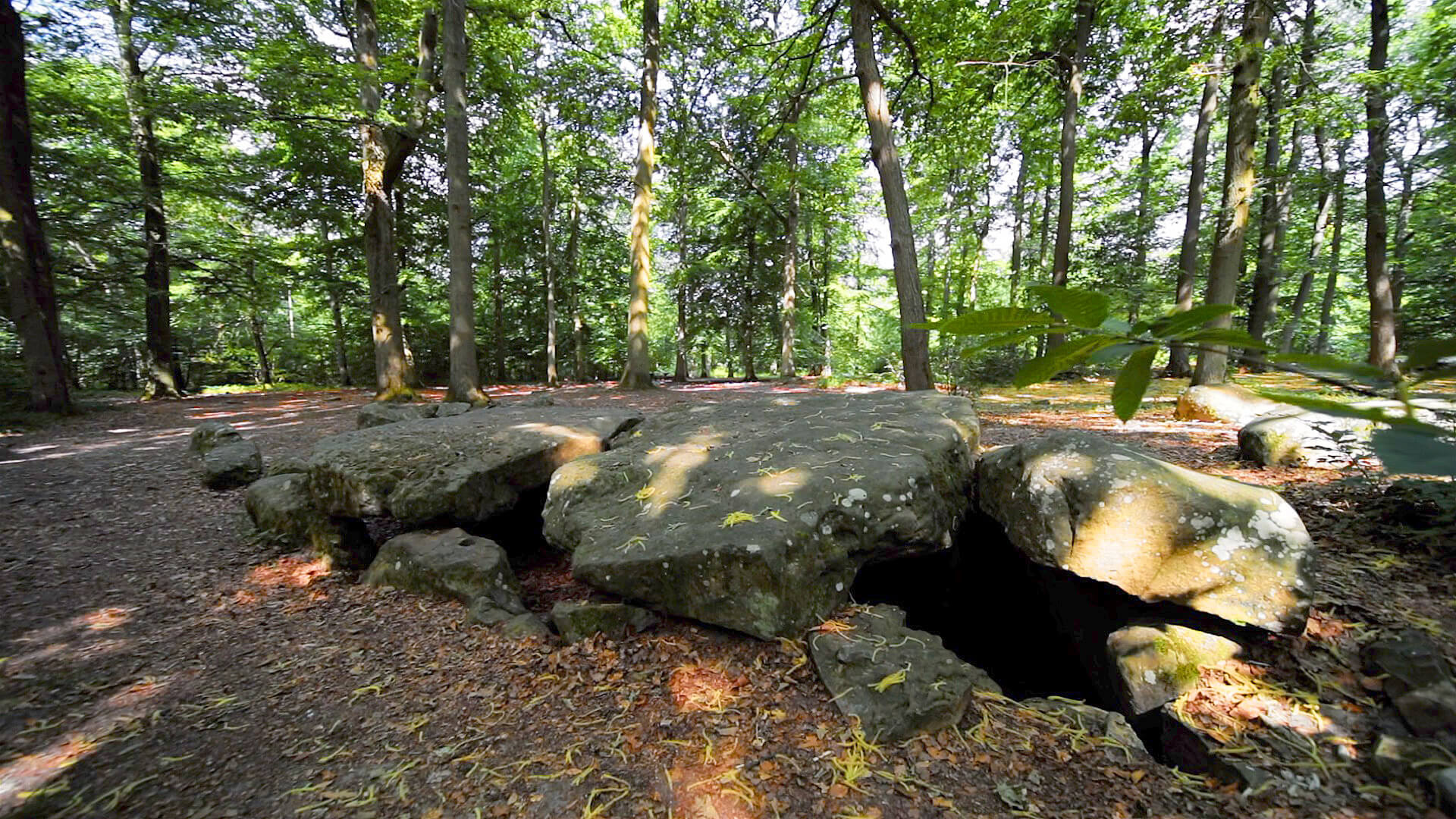
The Lac Bleu and the Petit Lac (Carnelle Forest)
These artificial lakes, with remarkable blue waters, have been developed at the heart of the forest, in former marl quarries, a sedimentary rock that is a combination of calcite and clay. The lakes cover surface areas of 2 hectares and 1.3 hectares respectively, with depths of up to 20 to 30 m. Swimming is forbidden for safety reasons. Fishing is authorised on these lakes.
